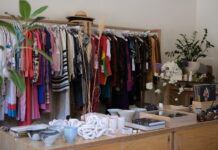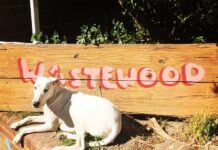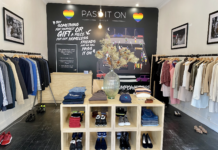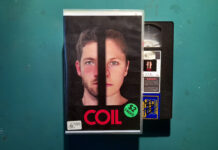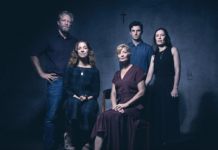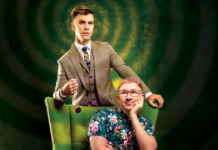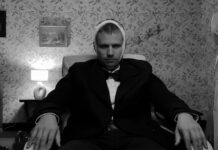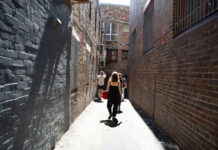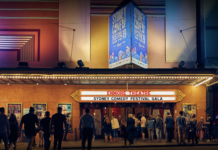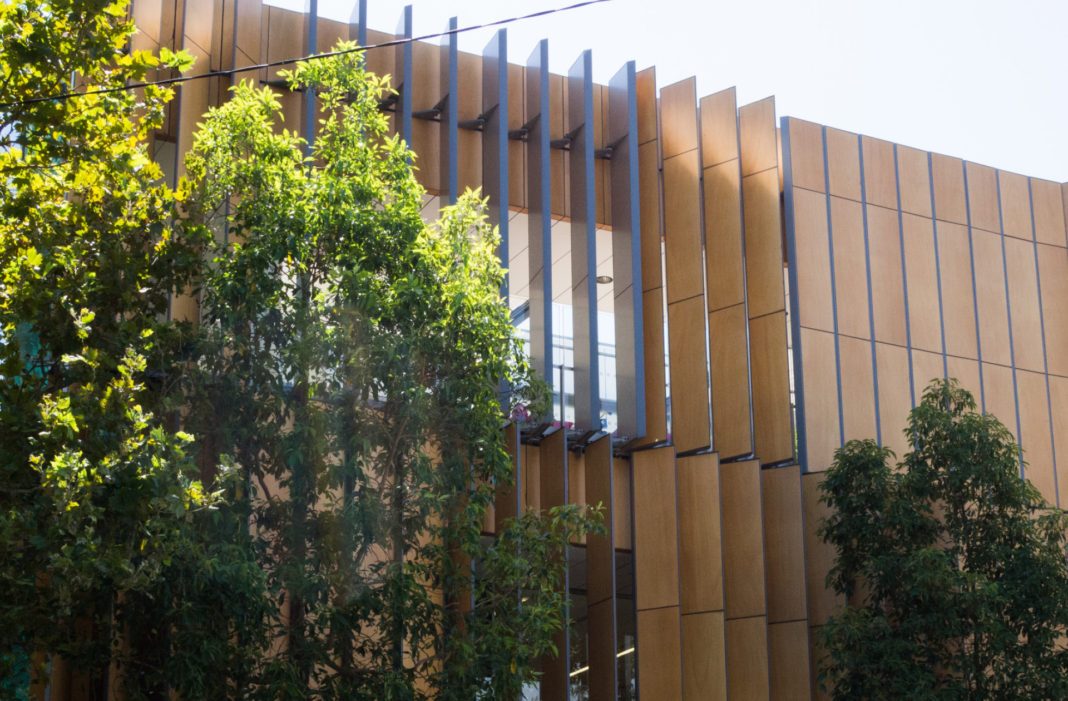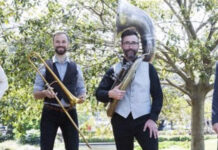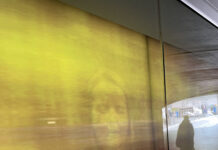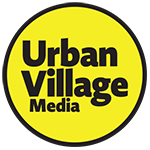Sydney’s architecture has its heroes and villains, and Eoghan Lewis and his colleagues would love to show them to you.
By Lachlan Colquhoun
Eoghan Lewis studied architecture and then moved to Berlin in the early 1990s, where he developed a fascination with cities.
“A city is the creation of the people who live in it, so its also an expression of us and who we are,” he says.
“In Berlin back then it felt like everyone was experimenting with what they city could be, and I see a little bit of that happening now in Sydney, so we like to talk about the city as an incubator and as a laboratory.”
Today, Lewis combines his private architecture practice with some teaching but also in leading guided tours of Sydney’s architecture and urban design.
With two colleagues he offers around 80 tours per year, some of them on foot and some on bicycle and describes them both as a “critique and a celebration” of Sydney.
The tours take around three hours each, and vary between tours of the Opera House and Harbour to a “three suburbs tour” which takes in Waterloo, Redfern and then Surry Hills. They are run along “fault lines” in the city design to prompt discussion.
“We start with Waterloo because it’s a conversation about gentrification, and the tours all have a narrative which plays out,” says Lewis.
“Waterloo is like Redfern was ten years ago, and Redfern is like Surry Hills was ten years ago so it’s all about getting a snapshot of that process.
“We talk a lot about governance and the role of the City of Sydney in activating and replenishing the city with a sustainability agenda, and of course the politics of the relationship between the city and the State Government and where they clash.”
Lewis believes that the City of Sydney, in recent developments like the Prince Alfred Park Pool and the Surry Hills Library, is leading a revival of the city.
Despite limited financial resources, he sees the City as making a significant contribution to the publicly shared environment.
His hero, without a doubt, is Jorn Utzon, the Danish architect who designed the Opera House and was controversially sacked mid construction in 1966.
Utzon’s brave vision for the project and Sydney and his Socialist world view of public buildings and public space strike a strong chord with Eoghan Lewis, who is keen to move from private to public commissions in his own work.

“Utzon’s story is the great story of our city,” says Lewis, who welcomes what he says is an architectural and design “renaissance” underway in the city, inspired by some of the same principles which drove Utzon.
The city, however, has some catching up to do if it is to achieve its potential.
Interviewed by the Sydney Morning Herald in 1992, Utzon said: “Sydney could have been an architectural laboratory; there would have been 10 or 15 buildings just as fabulous as this if we had stayed there. Of this I feel sure.”
Looking at the Opera House today, and how it compared to much of the rest of Sydney, we can only ponder the opportunity which was lost in sacking Utzon, who was set to apply for citizenship when he was sacked.
For more information about the tours, go to
www.sydneyarchitecture.org or
email info@sydneyarchitecture.org

